Recovery and care Rollers and massage balls
()Sort by
-

Nike Recovery Foam Roller
39.99 €
-
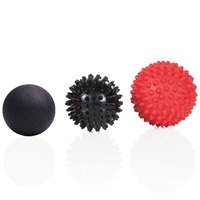
Gymstick Massage Ball Set 3pcs
16.99 €
-
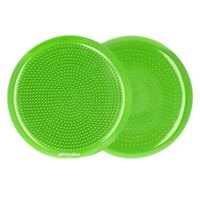
Spokey Fit Seat Yoga Roller
14.99 €
-
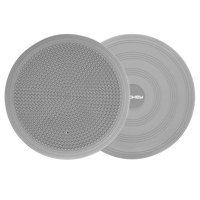
Spokey Fit Seat Mat Yoga Roller
13.99 €
-

Triggerpoint TP Recycled Foam Massage Roller
34.99 €
-

Triggerpoint TP Nano Vibe Vibrating Foam Roller
44.99 €
-

Triggerpoint The Grid 1.0 Foam Roller
34.99 €
-

Triggerpoint The Grid 1.0 Foam Roller
34.99 €
-

Gladiatorfit Trigger Point Massage Stick Acupoint In Pvc 64 cm
30 €
-
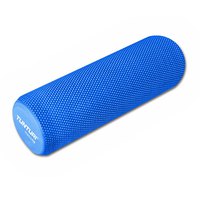
Tunturi Massage Roller 40 cm
27.49 €
-

Theragun Wave Roller
154.44 €
-

Blackroll Office Box Fascia Foam Roller Set
59.90 €
-
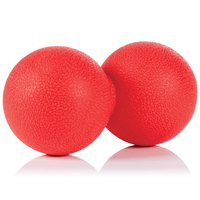
Gymstick Myofascia Doubleball
14.99 €
-

Triggerpoint The Grid 1.0 Foam Roller
34.99 €
-
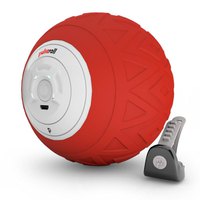
Pulseroll Vibrating Single Ball 4 Speed
73.99 €
-

Gladiatorfit Standard Foam Roller 30 cm
35 €
-
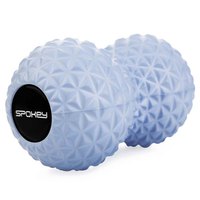
Spokey Erna Yoga Roller
9.99 €
-
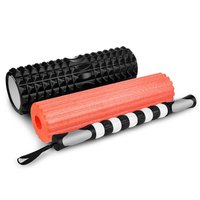
Spokey Mixroll Yoga Roller
38.99 €
-

Spokey Mixroll Yoga Roller
28.99 €
-

Sklz Massage Ball
9.49 €
-
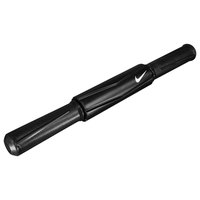
Nike Roller Small Recovery Bar
35.99 €
-
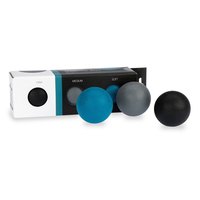
Avento Massage Balls Set
10.49 €
-

Triggerpoint The Grid Vibe Plus Foam Roller
126.99 €
-
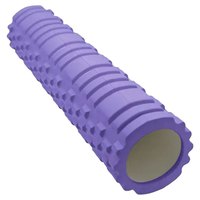
Softee Massage Roller
38.99 €
-

Softee Massage Roller
38.99 €
-

Flexir Vibrating Foam Roller
59.49 €
-
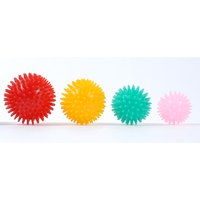
Sporti France Massage Ball 6 cm Sporti France
1.99 €
-

Softee Massage Ball
6.99 €
-

Gymstick Massage Roller
26.99 €
-
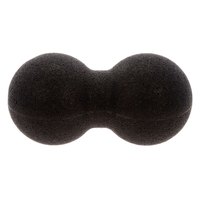
Iq Rolly Massage Ball
8.99 €
-
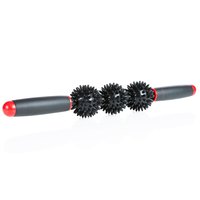
Gymstick Massage Bar
17.99 €
-
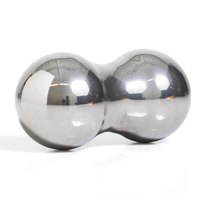
Gymstick Cold Recovery Doubleball Bubble
20.99 €
-
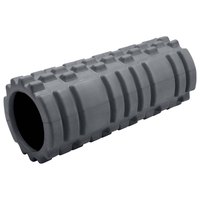
Dare2B Deep Tissue Massage Turbo Trainer
21.91 €
-
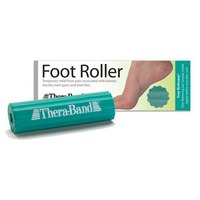
TheraBand Foot Roller
11.99 €
-
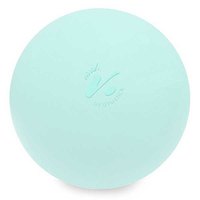
Gymstick Vivid Myo Massage Ball
9.99 €
-
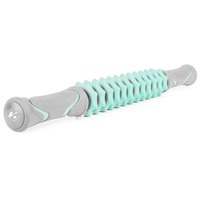
Gymstick Vivid Massage Bar
20.99 €
-

Tunturi Cork Yoga Roller
26.99 €
-

Triggerpoint The Grid 2.0 Foam Roller
53.99 €
-

Softee Massage Ball 65 cm
10.99 €
-
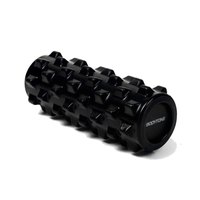
Bodytone Pur Yoga Roller
27.99 €
-
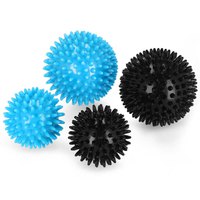
Spokey Grespi Duo Single Ball
8.49 €
-

Spokey Oak Peanut Roller
11.99 €
-
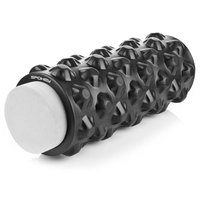
Spokey Roll 2in1 Yoga Roller
21.99 €
-
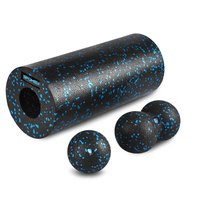
Spokey Rullo Yoga Roller
19.99 €
-
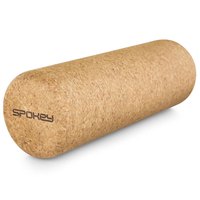
Spokey Tausa Yoga Roller
26.99 €
-

Sklz Universal Peanut Roller
24.99 €
-

Sklz Massage Ball
14.99 €
-

Boomfit Myofascial Yoga Roller 45 cm
19.90 €
-
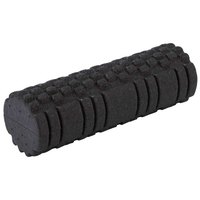
Dare2B Massage Roll
9.99 €
-
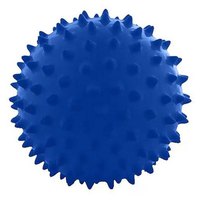
Softee Massage Ball 23 cm
6.99 €
-

Softee Tyre Massage Ball
1.99 €
-

Fitness Mad Roller
18.99 €
-
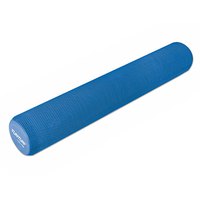
Tunturi Massage Roller 90 cm
41.99 €
-
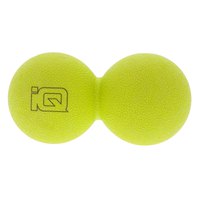
Iq Rolis Massage Ball
8.49 €
-
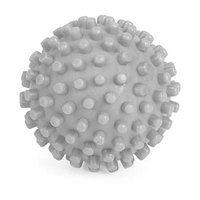
Gymstick Mini Fascia Ball 4.5 cm
8.99 €
-

Triggerpoint The Grid 1.0 Foam Roller
34.99 €
-

Triggerpoint Handheld Massage Ball
11.99 €
-

Triggerpoint The Grid 1.0 Foam Roller
31.99 €
-

Triggerpoint The Grid STK X Foam Roller
33.49 €
-
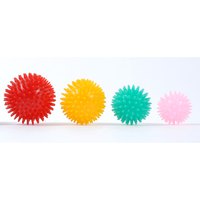
Sporti France Massage Ball 8 cm
2.49 €
-
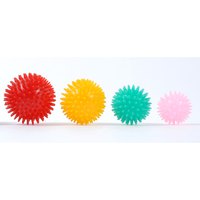
Sporti France Massage Ball 9 cm
2.99 €
-
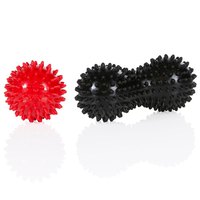
Gymstick Spikey Massage Ball Combo
9.99 €
-
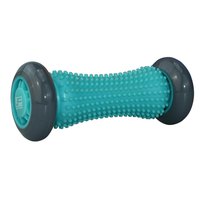
Ufe Foot Massage Roller
11 €
-

Triggerpoint The Grid Travel Foam Roller
25.99 €
-

Triggerpoint MB2 ™ Massager
25.99 €
-

Triggerpoint MB5 Massage Ball
25.99 €
-

Triggerpoint MBX Massage Ball
16.99 €
-
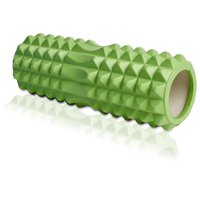
Elitex Training Spongy Foam Roller
12.99 €
-

Triggerpoint MB1 Massage Ball
13.99 €
-
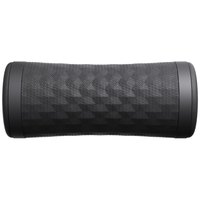
Hyperice Vyper 3.0 Massage Roller
237.99 €
-

Triggerpoint The Grid Vibe Plus Foam Roller
161.99 €
-
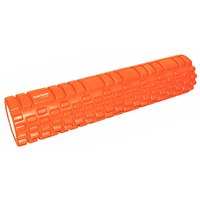
Tunturi Massage Grid Roller 61 cm
37.49 €
-

Gymstick Vivid Spike Acupressure Massage Mat
30.49 €
-
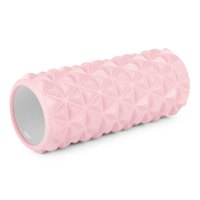
Gymstick Vivid Foam Roller
22.99 €
-

Boomfit Myofascial Yoga Roller 60 cm
22.90 €
-

Boomfit Lacrosse Dupla Single Ball
7.35 €
-

Fitness Mad Tread Foam Roller
19.99 €
-
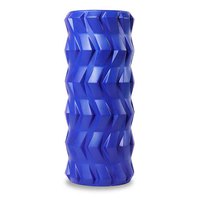
Fitness Mad Tread Foam Roller
20.99 €
-

Ufe Dual Sided Massage Roller
16 €
-

Ufe EVA Peanut Roller
12 €
-
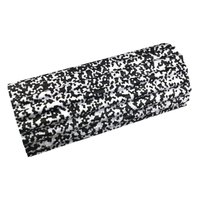
Ufe Massage Foam Roller
20 €
-

Ufe Massage Roller
21.99 €
-

Ufe Massage Roller Set
28.99 €
-

Ufe Massage Set
37.99 €
-
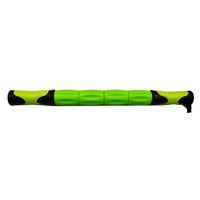
Ufe Massage Stick
11 €
-
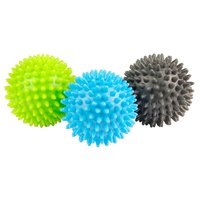
Fitness Mad Spikey Massage Ball 3 Units
9 €
-

Triggerpoint The Grid ® Massage Ball
23.99 €
-

Triggerpoint Charge Vibe Foam Roller
101.99 €
-

Triggerpoint The Grid STK Contour Foam Roller
32.49 €
-

Triggerpoint The Grid X Foam Roller
36.99 €
-

Triggerpoint The Grid STK Foam Roller
32.49 €
-

Gymstick Fascia Roller Home trainer
26.99 €
-
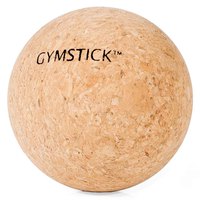
Gymstick Fascia Ball Cork
15.99 €
-
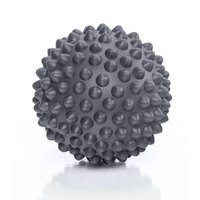
Gymstick Massage Ball
9.99 €
-
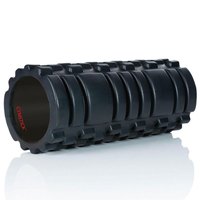
Gymstick Trigger Roller 33 cm
23.99 €
-

Gymstick Trigger Roller 60 cm
31.99 €
Tips to choose a foam roller
Foam roller:A foam roller is a cylindrical exercise equipment made of high density foam that can be used for self massage. The foam roller is commonly used in fitness, sports, and rehabilitation settings.
Massage ball:
A massage ball is a small, round tool used to apply pressure to muscles and trigger points in the body. Massage balls can be made of various materials, including rubber, silicone, or plastic.
Recovery foam roller:
A recovery foam roller is designed to help individuals recover from intense workouts, and improve flexibility. The recovery foam roller is a cylindrical shaped tool made of foam.
Muscle roller ball:
A muscle roller ball is used for self myofascial release, a form of self massage that can help release tension and tightness in the muscles. You can buy muscle roller balls from Spokey, Avento, Sklz, Casall, and Dare2B.
Choosing the right foam roller is important for effective self myofascial release SMR and myofascial release exercises. Foam rolling can help alleviate muscle tightness, improve flexibility, and reduce post workout soreness. Here are some tips to help you choose the best foam roller for your needs:
High density foam rollers are the firmest and provide the deepest massage, but they may also be the most painful. Low density foam rollers are softer and less intense, but they may not be as effective for deeper tissue work. Medium density foam rollers are a good balance between the two.
Size: A larger foam roller may be better for larger muscle groups, while a smaller foam roller may be better for targeting specific areas like the IT band or calves.
Surface: A textured surface can provide a more targeted message to specific areas, while a smooth surface is better for larger muscle groups.
Material: Rubber and PVC rollers are more durable, but can be more expensive.
Density and firmness: Foam rollers come in different densities and firmness levels. The density of the roller determines how firm or soft it is. Low density foam rollers are softer and provide a gentler massage, while high density foam rollers are firmer and offer deeper tissue massage. Consider your pain tolerance, experience level, and the specific muscles you want to target when choosing the density.
Size and length: Foam rollers come in various lengths. Shorter rollers are more portable and suitable for travel, but longer rollers offer better stability and can be used for a wider range of exercises. Choose a length that suits your needs and storage space.
Texture and surface design: Some foam rollers have smooth surfaces, while others have textured or contoured patterns. Textured rollers can provide a deeper massage and target specific muscle groups. Choose a texture that complements your preferred massage intensity and the areas you want to target.
Material quality: Opt for high quality foam rollers made from durable and long lasting materials. EVA foam and molded foam are commonly used for high quality rollers.
Weight limit: Check the weight limit or maximum weight capacity of the foam roller to ensure it can support your body weight during exercises without deforming or breaking.
Portability: If you plan to take your foam roller to the gym or travel with it, consider a compact and lightweight option. Some foam rollers are designed for easy transport.

























